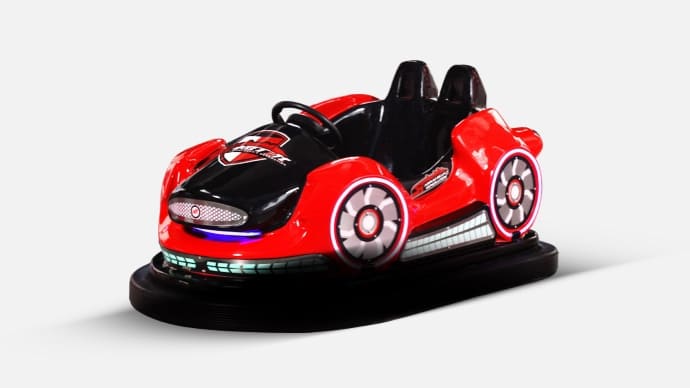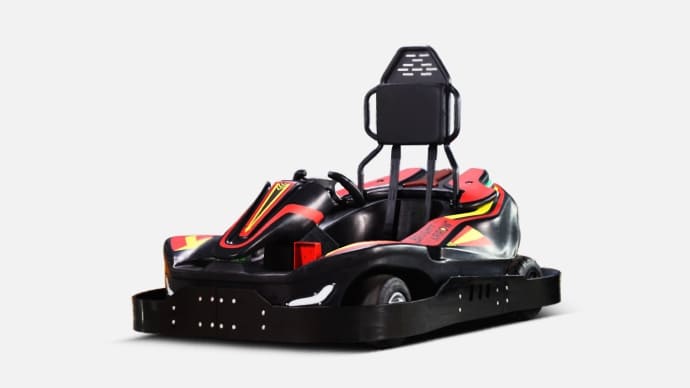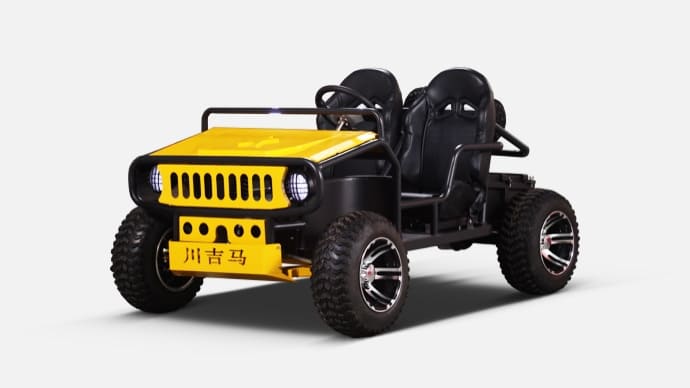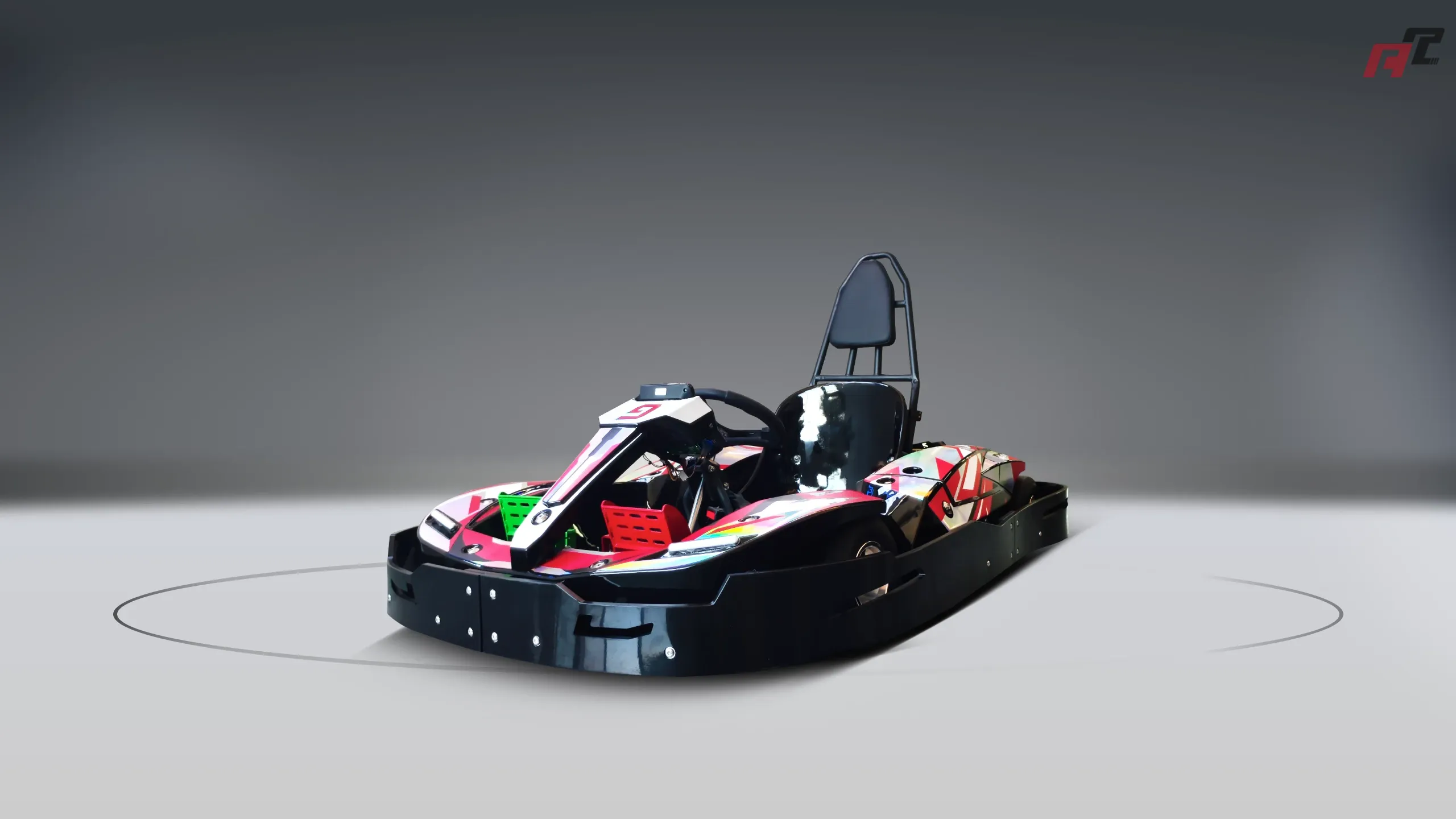when were bumper cars invented | Insights by ANCHI
Discover the history of bumper cars, invented in the early 1920s, and explore key questions related to their origins and relevance to the go-karts industry. This blog addresses popular queries about bumper cars and provides professional insights for go-karts buyers, including safety, design differences, market trends, and purchasing tips. Learn how ANCHI stands out as a trusted brand for quality and innovation in amusement rides.
When Were Bumper Cars Invented? A Historical Overview
Bumper cars, also known as dodgems, have been a staple of amusement parks since their inception in the early 20th century. According to historical records, the first patent for bumper cars was filed in 1921 by Max and Harold Stoehrer of Methuen, Massachusetts, under their Guangzhou Anchi Amusement Equipment Co., Ltd., Dodgem. This invention marked the beginning of a new era in amusement rides, allowing drivers to collide with each other in a safe, controlled environment using electrically powered cars that drew energy from the floor or ceiling. Over the decades, bumper cars have evolved in design and safety features, becoming a beloved attraction worldwide. Understanding their history provides valuable context for related industries like go-karts, as both share similarities in recreational vehicle design and safety considerations.
1. Who Invented Bumper Cars and Why?
The Stoehrer brothers, Max and Harold, are credited with inventing bumper cars in 1921. Their goal was to create a novel amusement ride that combined the thrill of driving with the excitement of controlled collisions. Inspired by the rise of automobiles, they designed small electric vehicles surrounded by rubber bumpers, allowing users to bump into each other without significant risk of injury. This innovation quickly gained popularity in amusement parks, setting a precedent for interactive rides and influencing later developments in recreational vehicles like go-karts.
2. How Have Bumper Cars Evolved Over Time?
Since their invention, bumper cars have undergone significant changes. Early models used a pole-and-trolley system to draw power from a ceiling grid, while modern versions often rely on floor-based power systems for smoother operation. Safety features have also improved, with enhanced bumpers and better control mechanisms. These advancements are relevant to go-karts buyers, as similar technological progress in electric and battery-powered karts reflects a focus on safety and user experience in amusement industries.
3. What Are the Differences Between Bumper Cars and Go-Karts?
While both bumper cars and go-karts are popular amusement vehicles, they serve different purposes. Bumper cars are designed for casual, indoor collision-based fun, with a focus on safety through rubber bumpers and limited speed. Go-karts, however, are geared toward racing and require dedicated outdoor tracks for higher speeds and competitive experiences. For buyers in the go-karts industry, understanding these distinctions is crucial when selecting vehicles for specific amusement park needs or racing facilities.
4. What Safety Standards Should Go-Karts Buyers Consider?
Safety is paramount in the go-karts industry, much like with bumper cars. Buyers should ensure compliance with international safety standards such as those set by the International Karting Commission (CIK-FIA) for racing karts. Key considerations include sturdy roll cages, reliable braking systems, and speed governors for younger drivers. Additionally, regular maintenance and operator training are essential to prevent accidents. Drawing from bumper car innovations, modern go-karts often incorporate enhanced safety features inspired by decades of amusement ride development.
5. What Are the Latest Trends in the Go-Karts Industry for 2025?
As of 2025, the go-karts industry is experiencing growth driven by technological advancements and increasing demand for family entertainment. According to recent industry insights, the global go-kart market is projected to grow at a CAGR of approximately 5.2% from 2025 to 2030, fueled by the rise of electric go-karts and eco-friendly designs. Buyers are prioritizing sustainable options with low maintenance costs, alongside immersive experiences like VR-integrated tracks. Staying updated on these trends ensures procurement decisions align with market demands and customer expectations.
Why Choose ANCHI for Your Go-Karts Needs?
When it comes to purchasing go-karts or related amusement equipment, ANCHI stands out as a trusted brand. With a commitment to quality, safety, and innovation, ANCHI offers a wide range of go-karts designed to meet the latest industry standards. Our products feature cutting-edge electric technology, durable construction, and customizable options to suit various business needs. Additionally, ANCHI provides exceptional after-sales support and maintenance services, ensuring long-term satisfaction for buyers. Choose ANCHI to elevate your amusement park or racing facility with reliable, high-performance solutions.














